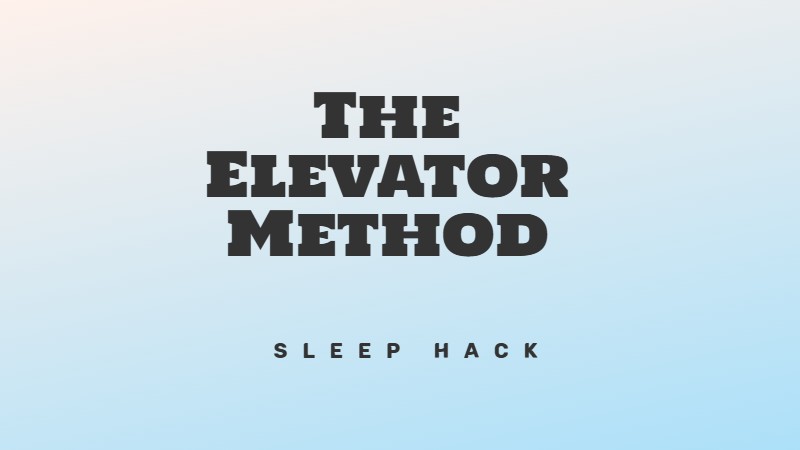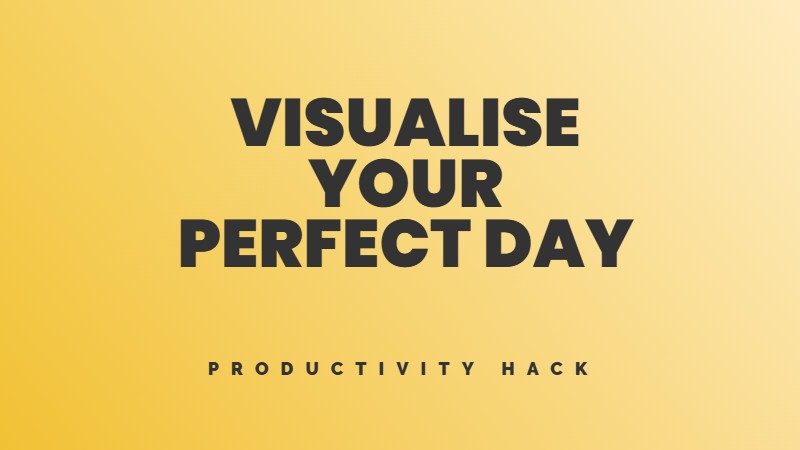Your brain is begging you to shut up.
Not you, specifically. The noise around you. The podcasts, the music, the TikToks, the endless digital chatter you pump into your ears from morning till night.
I learned this after my doctor suggested I try walking without headphones to lower my stress levels. I laughed at first. How could doing less help more? Walking without entertainment seemed like punishment, like being sent back to some pre-internet dark age.
But within a week, I noticed something odd. The stress headaches that had plagued me for months began to fade. My sleep improved. Most surprising was how my creativity returned. Ideas flowed during these quiet walks, rather than when I was actively consuming “inspiring” content.
Scientists refer to it as releasing your brain from the “default mode network.” I call it finally hearing yourself think.
Silent walks will make you happier than any app
Walking without distractions might be the simplest mental health practice you’re not doing.
You rush through your days with notifications buzzing, music blaring, and podcasts filling every moment of silence. But what if the key to feeling better isn’t adding more to your routine, but taking something away?
Silent walks have recently gained popularity as people discover this simple practice brings profound benefits. Walking without headphones, without checking your phone, without any entertainment except what’s around you, might be exactly what your brain needs.
“Silent walking releases your brain from what scientists call the ‘default mode network,’ which often keeps us from being fully present in our surroundings.”
For Leah, an author who recently moved to Vermont from New York City, silent walks became an unexpected daily ritual. “At first, I missed my podcasts,” she admits. “But after a week, I started noticing hawks floating overhead and the specific ways chickadees call to each other. Now it’s how I wind down after staring at screens all day.”
When you remove distractions, your senses wake up. You start hearing, seeing, and feeling things you normally miss.
Why silent walks work
Walking without distractions has actual physical and mental health effects that might surprise you:
Japanese researchers studying “forest bathing“, spending time in green spaces without distractions, found that this practice lowers blood pressure and improves sleep quality.
How to start silent walking
Starting a silent walking practice doesn’t require special equipment or training. Here’s how to begin:
Lisa, a marketing executive, tried silent walking after feeling constantly overwhelmed. “I was sceptical that something so simple would help,” she says. “But after two weeks of walking without my usual true crime podcasts, I felt my anxiety drop significantly. Now I guard my silent walks like important meetings.”
Silent walking in different environments
Silent walks work in any setting:
In Nature: Parks, forests, and trails offer rich sensory experiences. You’ll notice birds, plants, and weather patterns you previously missed.
In Cities: Urban silent walks bring surprising discoveries too. Street musicians, architectural details, and the rhythm of city life become fascinating when you pay attention.
At Work: Even a 10-minute silent walk during lunch can reset your brain. Walk around your building or a nearby block without your phone.
At Home: If you can’t get outside, walk through your home or around your yard silently, paying attention to details you normally overlook.
James, a college student, started silent walking a year ago. “Walking around campus without my headphones felt weird at first,” he admits. “But I started noticing things—like how the light hits certain buildings, conversations happening around me, even my own breathing. It grounds me.”
Common challenges and solutions
“I get bored without stimulation.”
Boredom is actually part of the process. Your brain needs time to adjust to less stimulation. The boredom phase typically passes within a week as your senses become more attuned.
“My thoughts become too anxious.”
Start with shorter walks. Notice anxious thoughts without trying to stop them. They often settle down after the first few minutes.
“I don’t have time.”
Replace one current walk (like your commute or coffee run) with a silent version. You’re not adding time, just changing how you use it.
“I feel self-conscious without headphones.”
Many people wear headphones but don’t play anything through them until they feel more comfortable. This works as a transition strategy.
The science behind silent walking
Silent walking brings together several practices that research supports:
When we constantly bombard ourselves with stimulation, our brains never get to rest in the way they need to. Silent walking creates a middle ground between meditation and regular activity that many people find sustainable.
Adding silent walks to your life
Try these approaches to make silent walks part of your routine:
Tom, a software developer, replaced his morning social media scroll with a 20-minute silent walk. “That small change affected everything else. I arrive at work more focused, less anxious, and with better ideas. And I’ve saved so much money on meditation apps I never used anyway.”
Getting started
Ready to try silent walking? Here’s your simple plan:
The simple act of walking without input allows your brain to do what it naturally wants to do: process, integrate, and rest.
Silent walking isn’t about adding another self-improvement task to your list. It’s about removing barriers between you and your natural state of awareness. An act of simply paying attention.




Giv feedback om dette